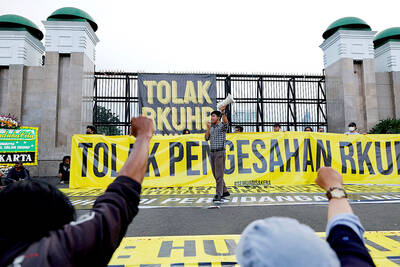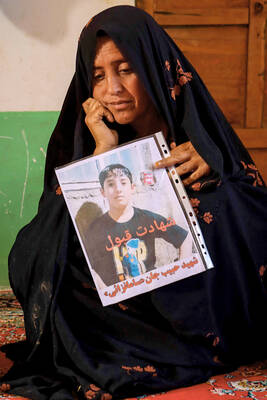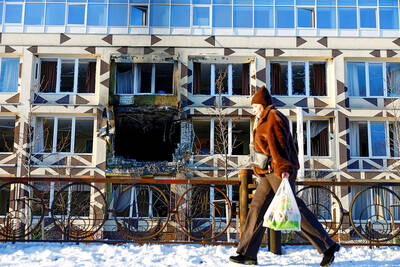New Orleans could lose 80 percent of its African-American population in the wake of Hurricane Katrina unless there is a special effort to help poor people return to the city, says a report on the storm's impact.
The study, based on satellite maps of New Orleans and the nearby coast and census data, confirms what many residents suspected: Katrina inflicted disproportionate damage on poor neighborhoods with high unemployment and a high number of renters. These people were unlikely to have home insurance or the necessary resources to return and rebuild.
In the city of New Orleans, three-quarters of the 354,000 people who lived in the areas worst damaged by the storm were African-American, and 29.2 percent were poor, the study found. Nearly 53 percent were renting and did not own their own home. More than 10 percent were unemployed.
"The danger in the current thinking about rebuilding is that it specifically excludes important elements of the population whose neighborhoods were destroyed, and who won't find a place in the future city. Disproportionately that means people who were African-American and below the average income of the city," said John Logan, a sociologist at Brown University, Rhode Island, and author of the study.
People living in public housing are said to have even less chance to return to their city. The local authorities have closed all public housing in the affected areas.
"If the future city were limited to the population previously living in zones undamaged by Katrina it would risk losing about 50 percent of its white residents, but more than 80 percent of its black population. This is why the continuing question about the hurricane is this: whose city will be rebuilt?" the study says.
African-Americans have already voiced fears that the new city to emerge from the wreckage of Katrina will bear little resemblance to the New Orleans of old -- specifically that it will no longer have a black majority.
Mayor Ray Nagin recognized those fears earlier this month when he pledged that he would rebuild New Orleans as a "chocolate city."

Indonesia yesterday began enforcing its newly ratified penal code, replacing a Dutch-era criminal law that had governed the country for more than 80 years and marking a major shift in its legal landscape. Since proclaiming independence in 1945, the Southeast Asian country had continued to operate under a colonial framework widely criticized as outdated and misaligned with Indonesia’s social values. Efforts to revise the code stalled for decades as lawmakers debated how to balance human rights, religious norms and local traditions in the world’s most populous Muslim-majority nation. The 345-page Indonesian Penal Code, known as the KUHP, was passed in 2022. It

‘DISRESPECTFUL’: Katie Miller, the wife of Trump’s most influential adviser, drew ire by posting an image of Greenland in the colors of the US flag, captioning it ‘SOON’ US President Donald Trump on Sunday doubled down on his claim that Greenland should become part of the US, despite calls by the Danish prime minister to stop “threatening” the territory. Washington’s military intervention in Venezuela has reignited fears for Greenland, which Trump has repeatedly said he wants to annex, given its strategic location in the arctic. While aboard Air Force One en route to Washington, Trump reiterated the goal. “We need Greenland from the standpoint of national security, and Denmark is not going to be able to do it,” he said in response to a reporter’s question. “We’ll worry about Greenland in

PERILOUS JOURNEY: Over just a matter of days last month, about 1,600 Afghans who were at risk of perishing due to the cold weather were rescued in the mountains Habibullah set off from his home in western Afghanistan determined to find work in Iran, only for the 15-year-old to freeze to death while walking across the mountainous frontier. “He was forced to go, to bring food for the family,” his mother, Mah Jan, said at her mud home in Ghunjan village. “We have no food to eat, we have no clothes to wear. The house in which I live has no electricity, no water. I have no proper window, nothing to burn for heating,” she added, clutching a photograph of her son. Habibullah was one of at least 18 migrants who died

Russia early yesterday bombarded Ukraine, killing two people in the Kyiv region, authorities said on the eve of a diplomatic summit in France. A nationwide siren was issued just after midnight, while Ukraine’s military said air defenses were operating in several places. In the capital, a private medical facility caught fire as a result of the Russian strikes, killing one person and wounding three others, the State Emergency Service of Kyiv said. It released images of rescuers removing people on stretchers from a gutted building. Another pre-dawn attack on the neighboring city of Fastiv killed one man in his 70s, Kyiv Governor Mykola